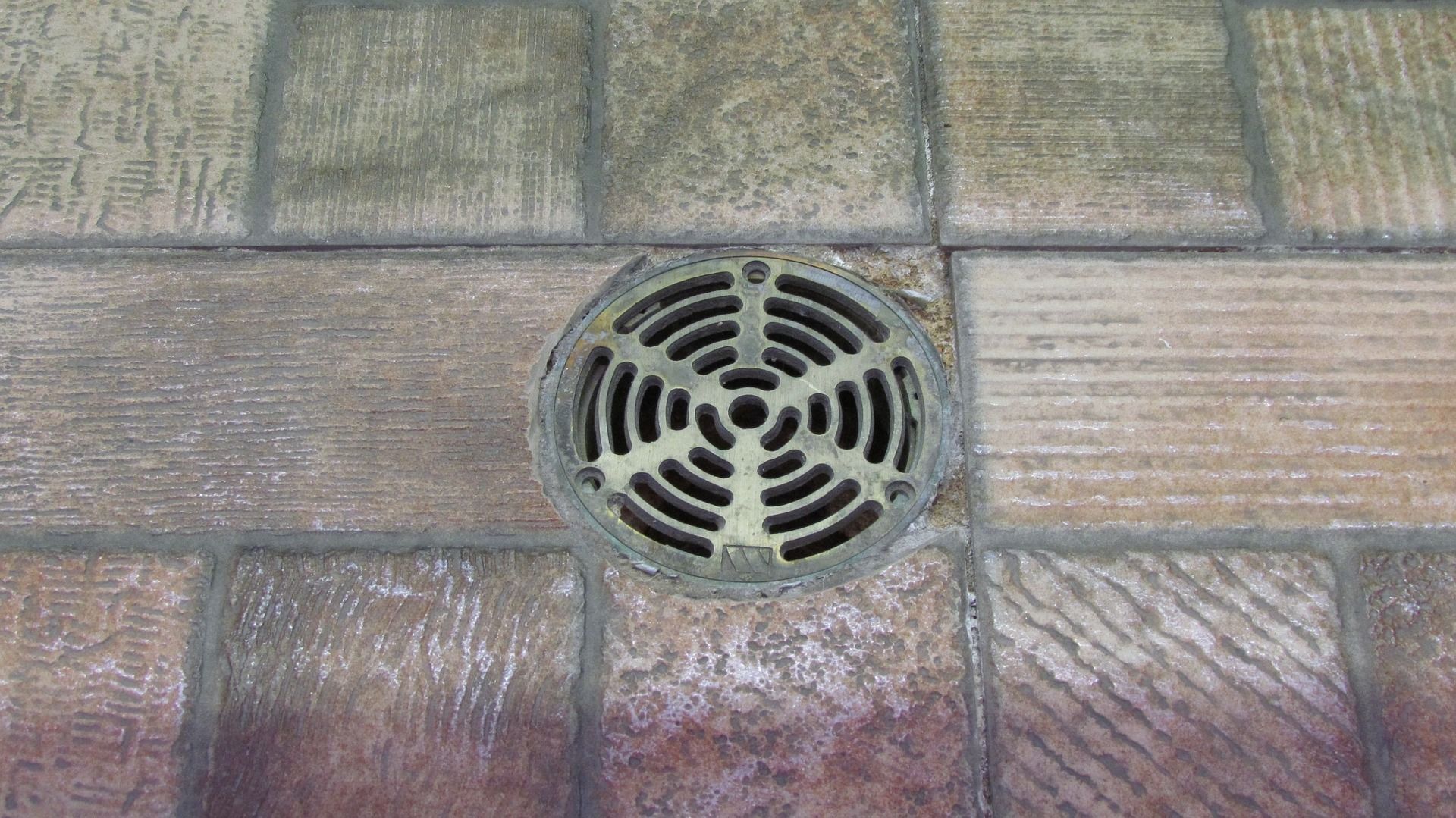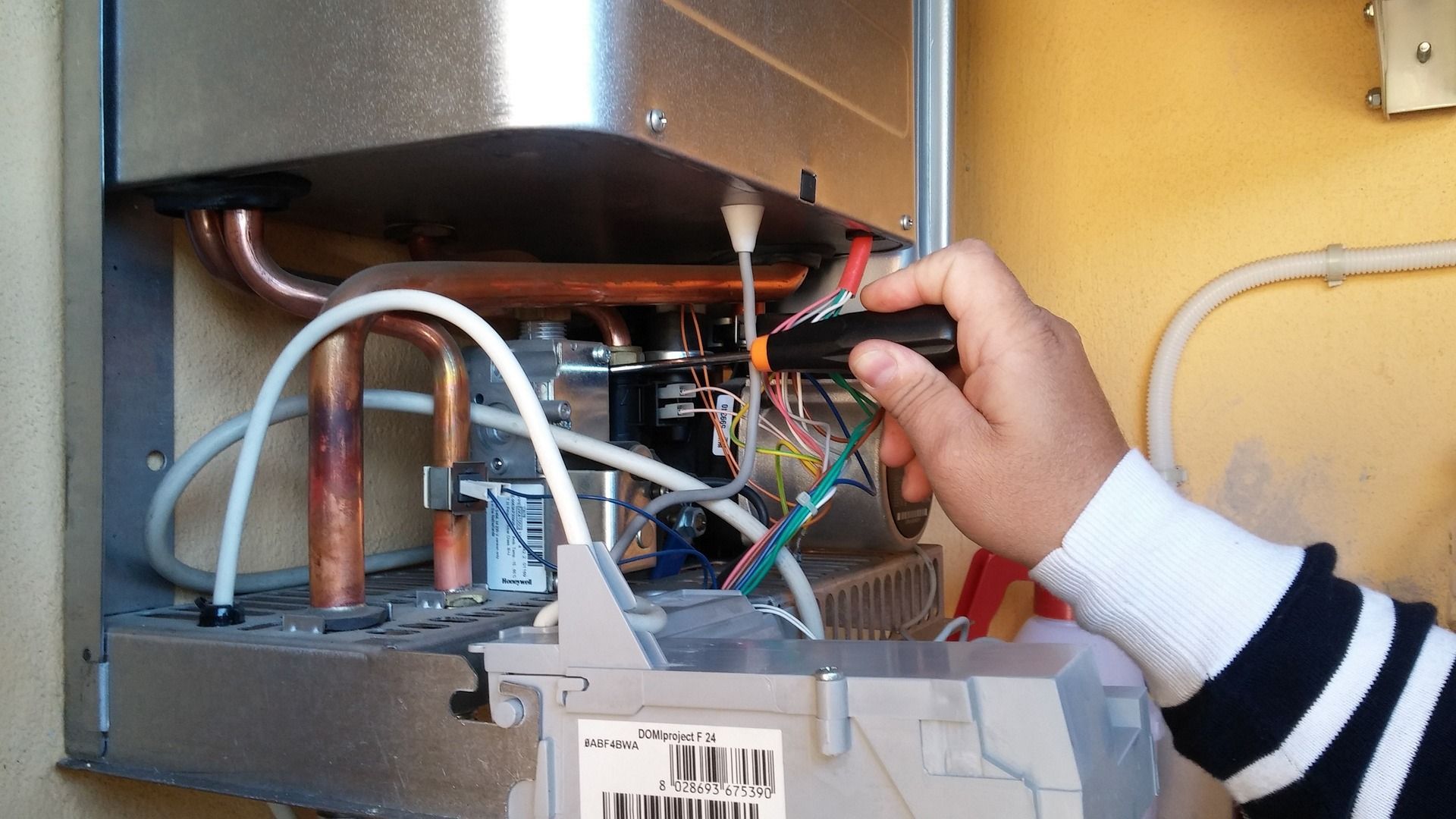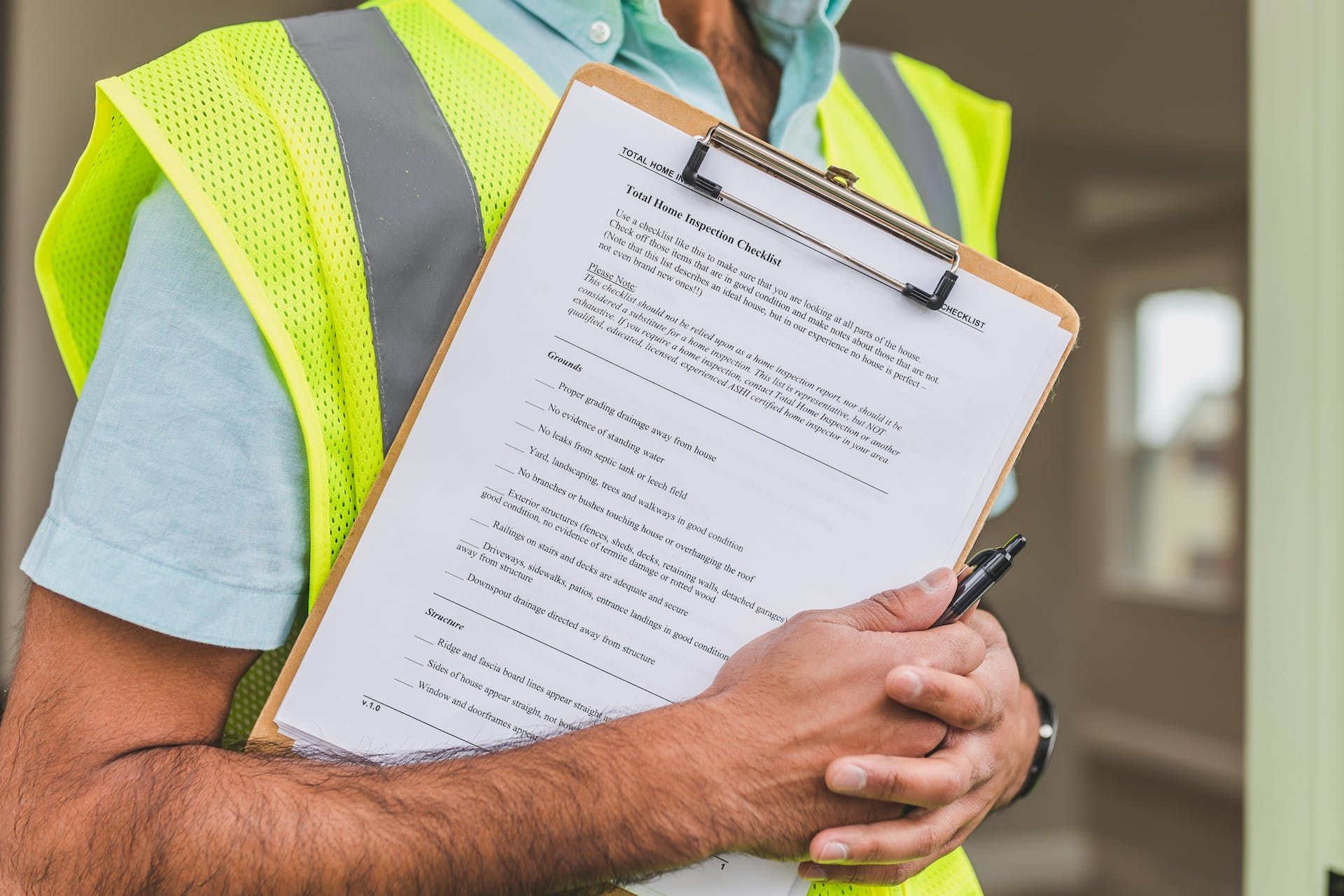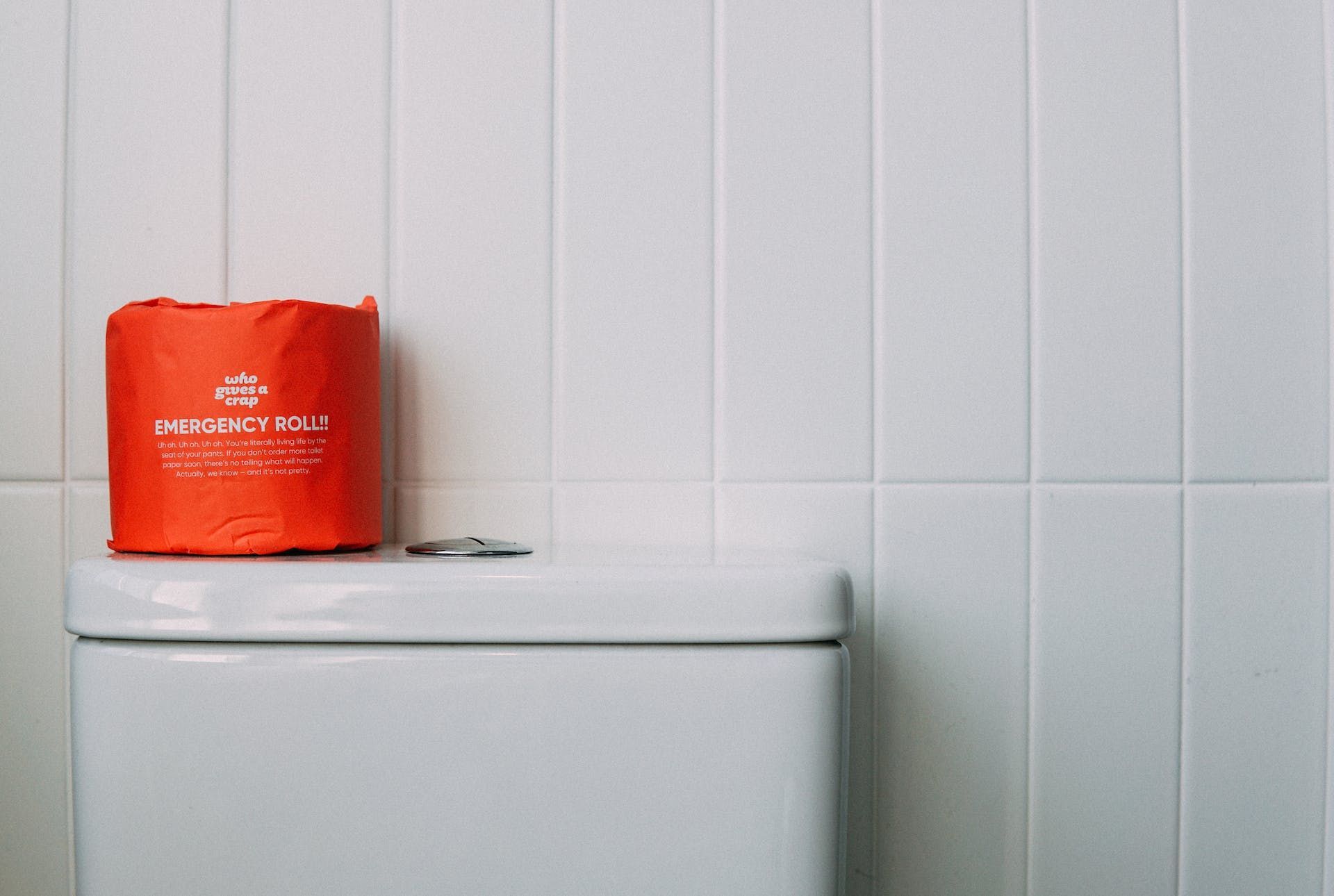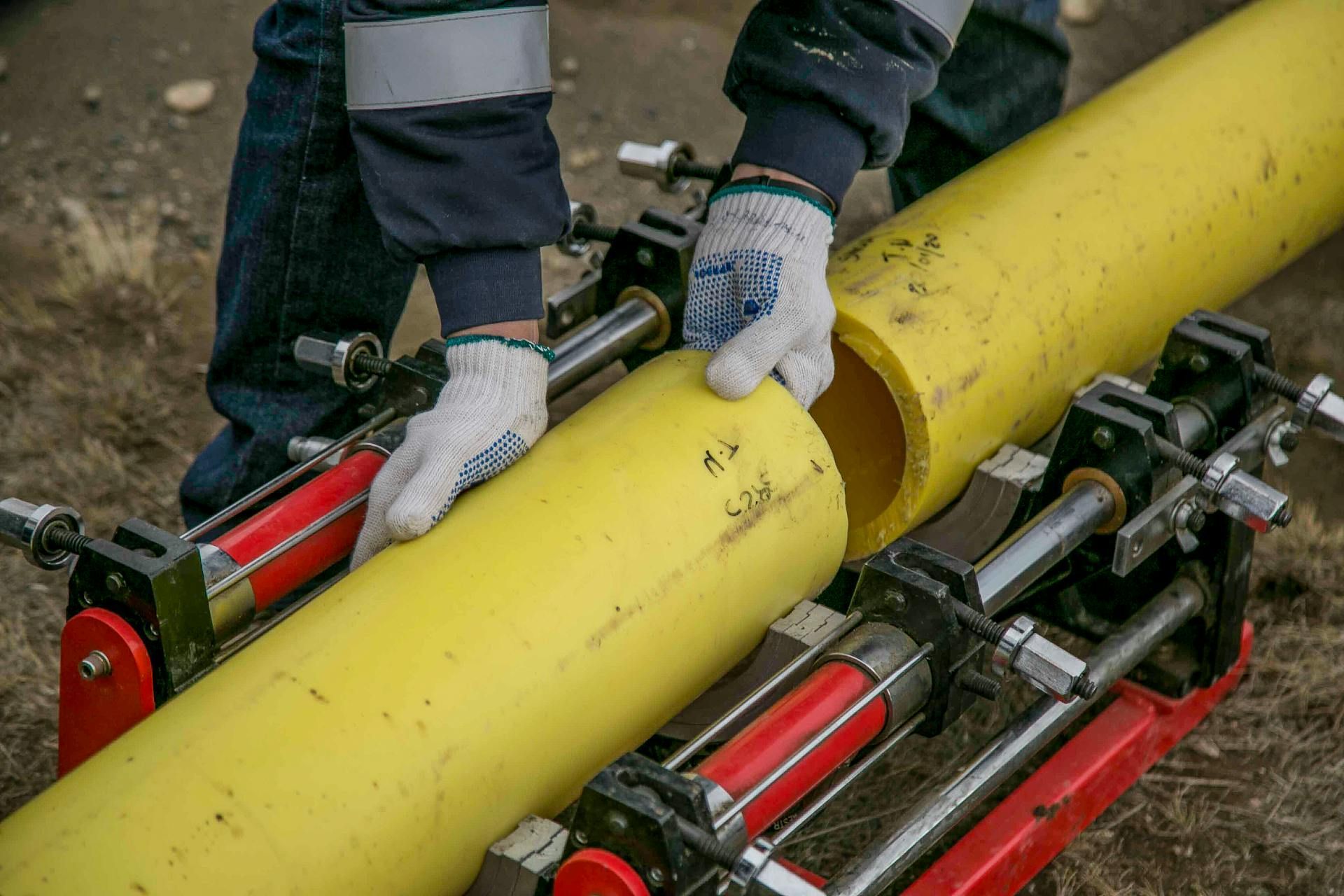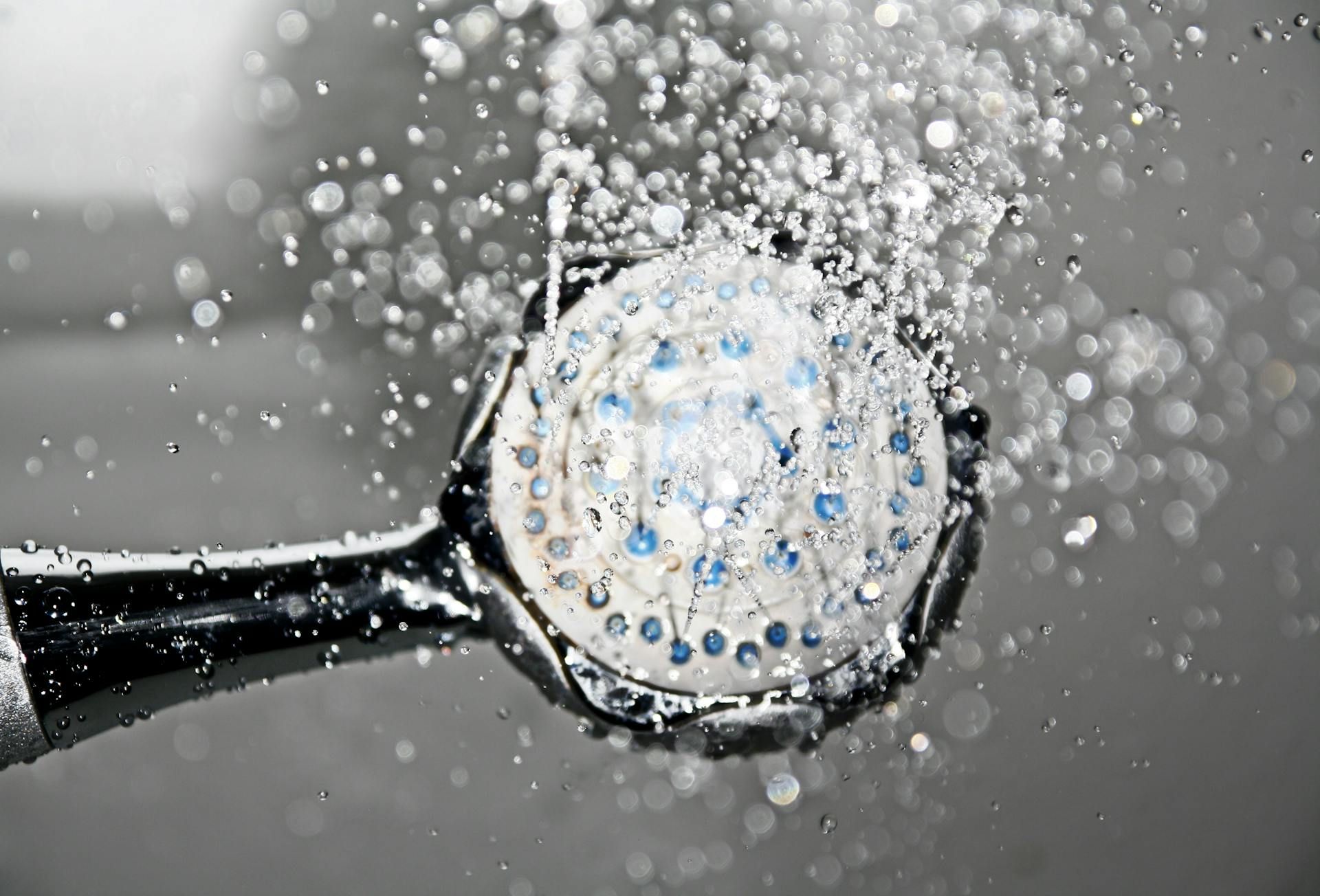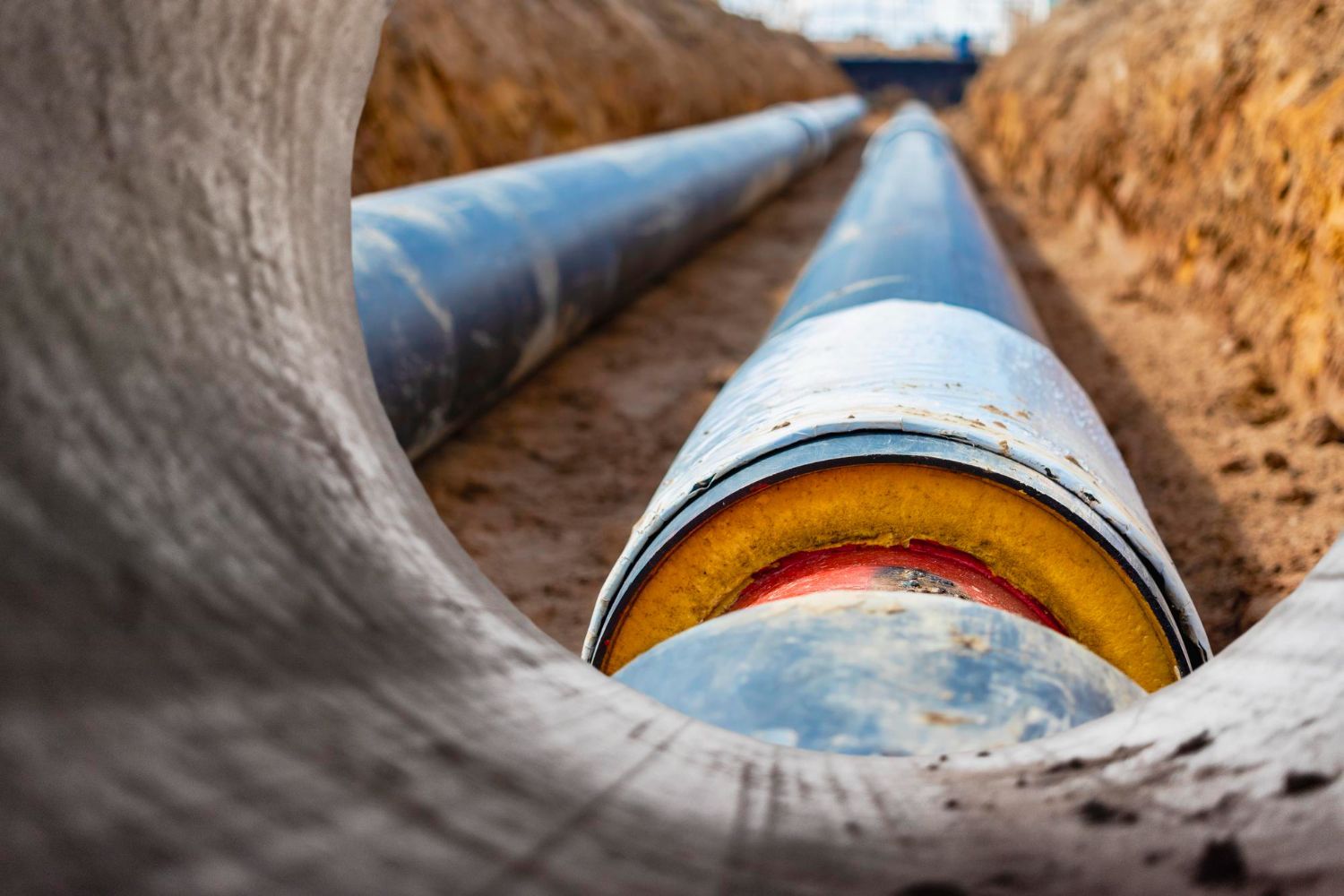How to Maintain a Water Tank and Keep the Water Fresh
Having a reliable water source at home is essential for our daily needs. Water tanks are a valuable asset for any household. They provide a reliable source of water, supporting various activities such as cooking, cleaning, and irrigation. However, it is equally important to ensure the water stored in our tanks remains fresh and safe for use. Over time, water tanks may accumulate debris, sediments, and bacteria, requiring regular maintenance to ensure the quality of the stored water.
Like any other equipment, proper maintenance is crucial to ensure the longevity and functionality of a water tank and keep the quality of the stored water safe. In this blog post, we will outline some essential tips for maintaining your water tank effectively.
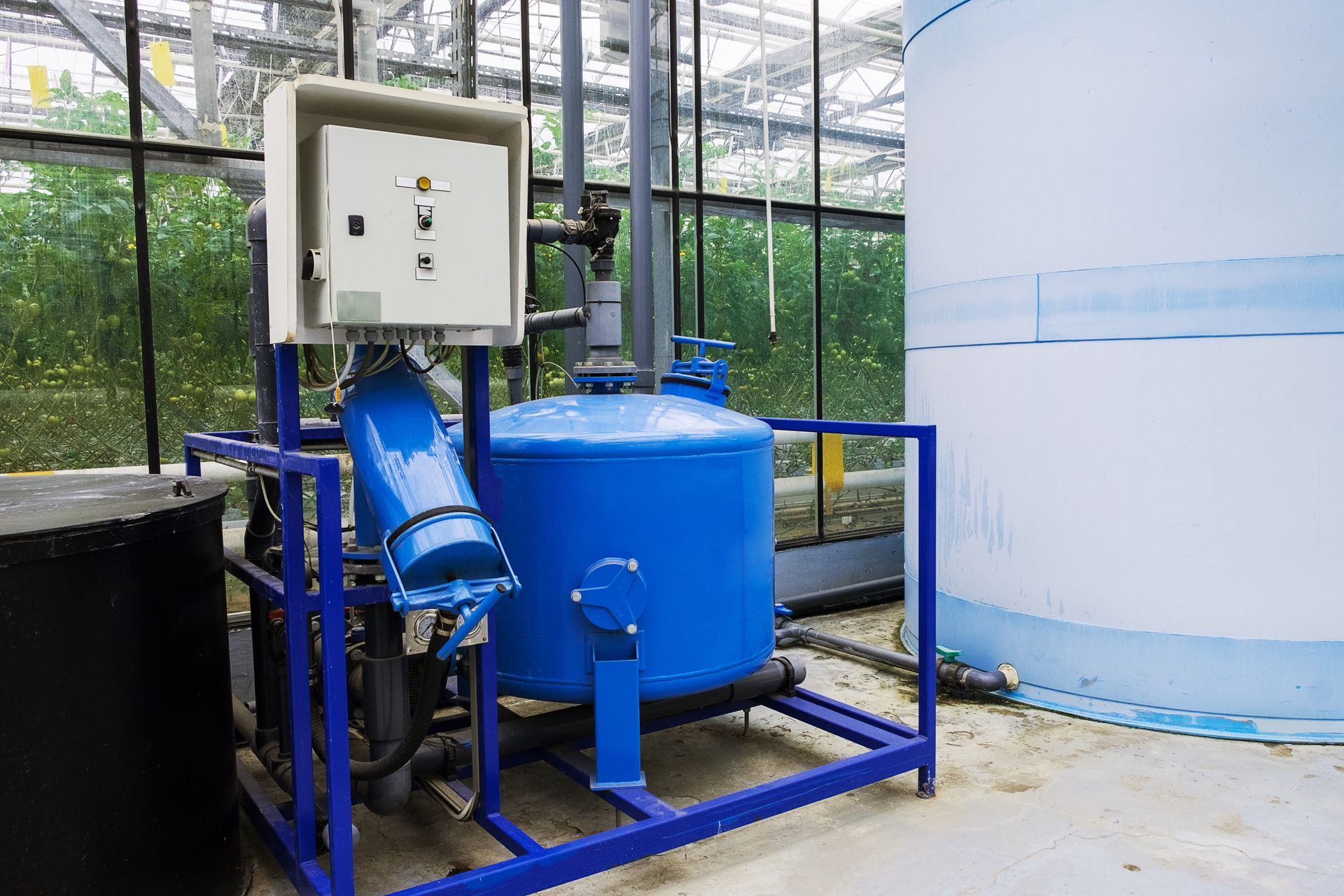
Slide title
Write your caption hereButton
Try these effective tips on how to maintain a water tank and keep the water fresh.
1. Regularly inspect the tank
Begin by regularly inspecting the tank for any visible signs of damage or corrosion. Conduct a thorough examination of the walls, roof, and joints. Look for any cracks, leaks, or rust that might compromise the tank’s integrity.
2. Cleaning the tank
Over time, sediments, algae, and bacteria can accumulate in the tank, affecting water quality. It is recommended to clean the tank at least once a year or more frequently if needed. Start by draining all the water from the tank and remove any debris. Scrub the interior surfaces using a bristle brush and a mild detergent or a water tank cleaner solution. Rinse thoroughly to remove any residue.
3. Flushing the tank
Along with regular cleaning, it is essential to flush the tank periodically. This process helps remove any sludge or contaminants that may have settled at the bottom of the tank. To flush the tank, open the drain valve or tap at the bottom and let the water run until it appears clear. This practice ensures water quality and prevents clogging of pipes and filters.
4. Maintenance of accessories
Pay attention to the accessories attached to the water tank, such as pipes, valves, and filters. Inspect them for any blockages, leaks, or signs of wear and tear. Clean or replace filters regularly to maintain optimal water flow. Ensure that valves are in proper working condition and tighten any loose connections.
5. Maintain proper overflow and ventilation
Adequate overflow and ventilation are crucial to prevent water stagnation and the build-up of harmful gases. Ensure that the overflow pipes are clear of any obstructions and that the vents are properly functioning. Blocked vents can lead to pressure build-up, potentially causing damage to the tank.
6. Monitor water quality
Regularly test the water from your tank for purity and chemical balance. If necessary, consider installing a filtration system or water purification unit to improve the quality of the water stored in the tank. This step is especially important if you use the stored water for cooking or drinking purposes.
7. Protect from external elements
Shielding the tank from direct sunlight is important to prevent the growth of algae and the potential for evaporation. Additionally, ensure that the tank is located away from trees or branches that may cause physical damage or clog gutters with falling leaves.
8. Professional inspections
Although regular maintenance is vital, scheduling professional inspections is equally important. Experts can thoroughly examine the tank, identify underlying issues, and suggest necessary repairs or replacements. Promptly addressing any detected problems can prevent major damage and costly repairs in the long run.
Summary
By following these essential tips on how to maintain a water tank, you can enjoy fresh and clean water for all your household needs while promoting good health and well-being. Regular inspections, cleaning, flushing, and professional assistance are key to maintaining water quality and preventing any unforeseen issues. Remember, a well-maintained water tank provides a reliable and clean water source, benefiting you and your household in countless ways.
Address: 3215 Dix Hwy, Lincoln Park, MI 48146 | Phone: 1-877-783-TRUE (8783)
Copyright © 2023 Tru-Flo Plumbing, All Rights Reserved


